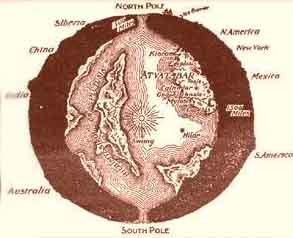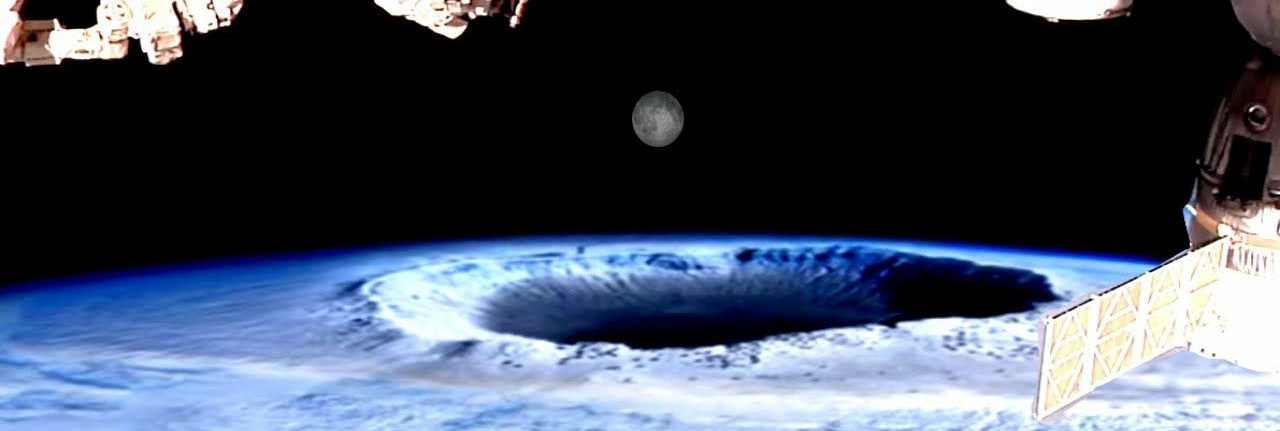Recent Theories
The Thule Society, which was well known by Adolf Hitler,reported much about Tibetan myths of openings into the Earth. There is even a theory that Hitler ordered a research journey for such an opening in Antarctica, based on a speech of Admiral Donitz in front of a German submarine in 1944, when he claimed “The German submarine fleet is proud of having built an invisible fortification for the Fuhrer, anywhere in the world.” During the Nuremberg Trials, Donitz spoke of “an invisible fortification, in midst of the eternal ice.”
In 2005, Steven Currey Expeditions planned an expedition to the North Pole region to explore for a possible opening into the inner Earth. Brooks A. Agnew took over as leader on Currey’s death in 2006, with the plan of taking 100 scientists and film makers to the supposed Arctic “opening” in 2009.
An early twentieth-century proponent of hollow Earth, William Reed, wrote Phantom of the Poles in 1906. He supported the idea of a hollow Earth, but without interior shells or inner sun.
Marshall Gardner wrote A Journey to the Earth’s Interior in 1913 and an expanded edition in 1920. He placed an interior sun in the hollow Earth. He even built a working model of the hollow Earth and patented it. Gardner made no mention of Reed, but did take Symmes to task for his ideas. In the same time Vladimir Obruchev wrote a fiction novel Plutonia, where the hollow Earth’s interior possessed one inner (central) sun and was inhabited by prehistoric species. The interior was connected with the surface by a hole in the Arctic.
Other writers have proposed that ascended masters of esoteric wisdom inhabit subterranean caverns or a hollow Earth. Antarctica, the North Pole, Tibet, Peru, and Mount Shasta in California, USA, have all had their advocates as the locations of entrances to a subterranean realm referred to as Agartha, with some even advancing the hypothesis that UFOs have their homeland in these places.

